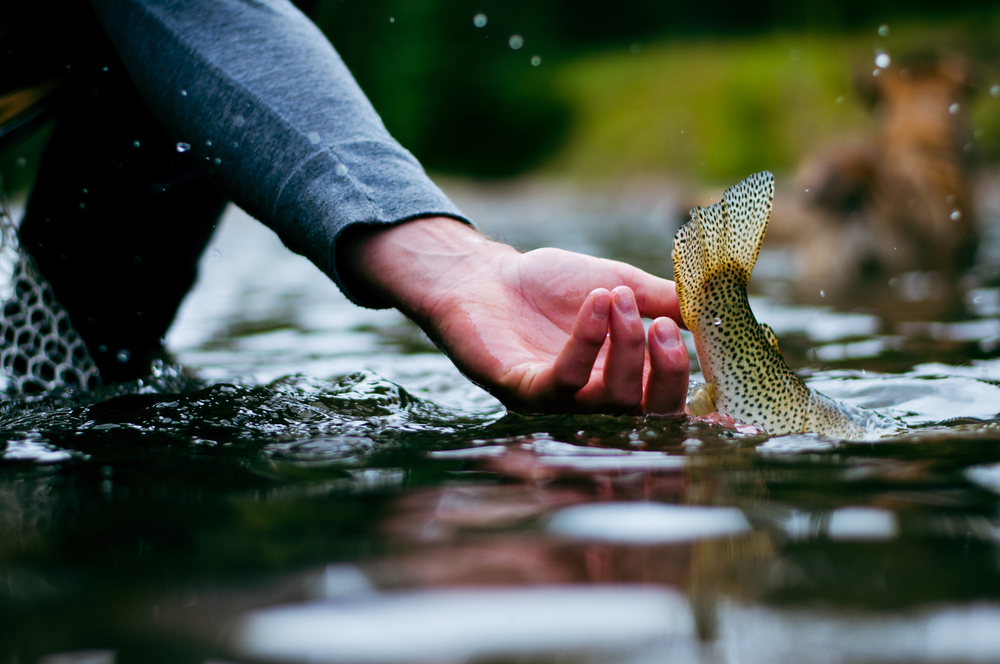
18 Mar Catch and Release Fishing in Florida: What Species Can You Keep?
Florida’s vast and vibrant waterways offer a unique experience for anglers, blending the thrill of the catch with the serene beauty of nature. As we delve into the world of fishing, it’s essential to consider sustainable practices that ensure the health and longevity of our marine life. One such practice is “Catch and Release” fishing.
This blog aims to educate recreational anglers on the importance of sustainable fishing, focusing on the concept of catch and release, the species it applies to in Florida, best practices, and local regulations.
What Is Catch and Release?
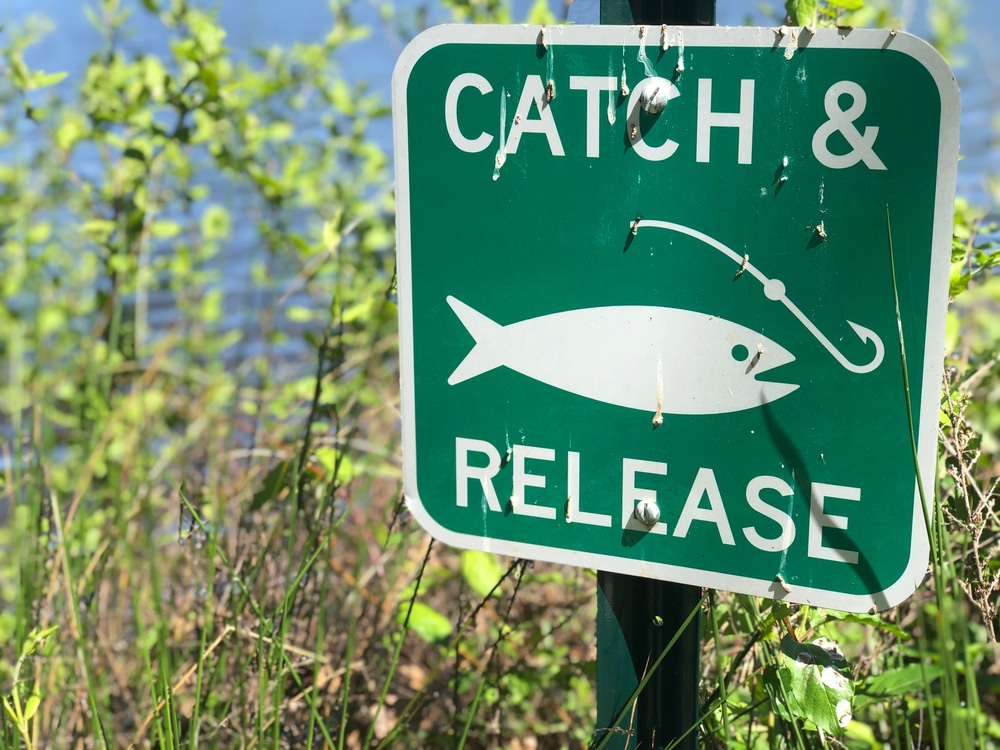
“Catch and Release” is a practice where anglers catch fish and then release them back into the water. This approach aims to reduce the discard mortality of fish, ensuring their survival and contributing to the sustainability of the fish population. It’s a balance between the joy of fishing and the responsibility towards marine conservation.
Catch-and-release fishing goes beyond the act of fishing itself; it’s a gateway to understanding and participating in marine conservation.
By practicing and promoting these methods, anglers become advocates for the environment, playing a crucial role in preserving the aquatic world for future generations.
Catch and Release Species in Florida
In Florida, certain species are designated for catch and release to protect their populations and ensure their sustainability. Some of these species include:
Tarpon: Known for their acrobatic leaps and fierce fights, tarpon is a prized catch in Florida waters. However, due to their slow growth rate and vulnerability to overfishing, tarpon is strictly catch-and-release in most areas.
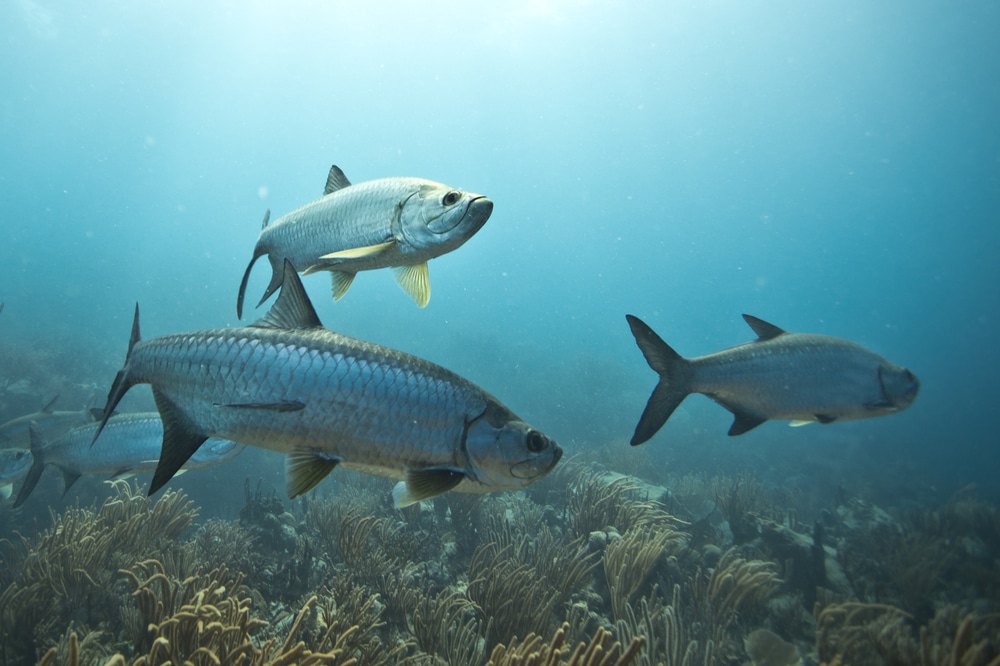
Bonefish: With their elusive nature and blistering runs, bonefish are a favorite among fly anglers. To safeguard these iconic flats species, catch and release practices are strongly encouraged.
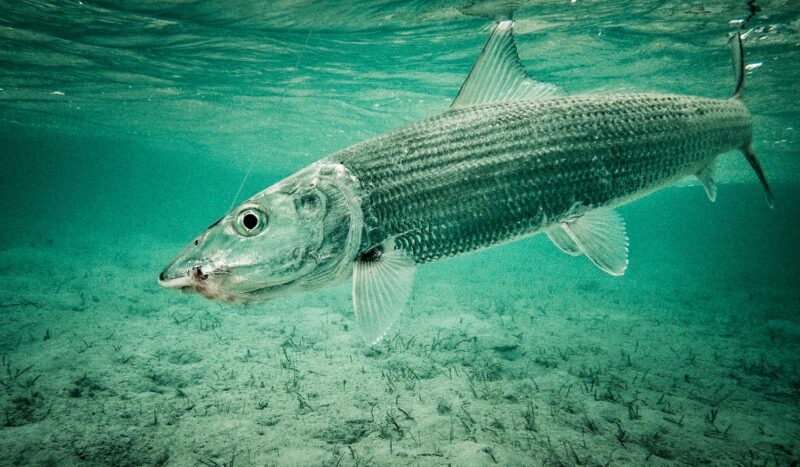
Snook: A staple of Florida’s inshore fisheries, snook are subject to strict regulations to protect their populations during vulnerable times such as spawning seasons. Catch and release ensures that snook can continue to thrive in our coastal waters.

Red Drum (Redfish): Recognizable by their distinctive spot-tail and powerful runs, Red Drum is highly prized by recreational anglers. To sustain healthy populations, many states, including Florida, have implemented slot limits and catch-and-release regulations for this fish.

It’s crucial to stay updated with the Florida Fish and Wildlife Conservation Commission (FWC) for the latest information on species and regulations.
Techniques to Reduce Catch and Release Fishing Mortality
Catch-and-release fishing, while beneficial for conservation, still poses risks to the fish if not done correctly. The Florida Fish and Wildlife Conservation Commission (FWC) provides valuable guidance on reducing catch-and-release mortality.
Some of the best techniques are:
Tackle Selection
- Use Circle Hooks: Circle hooks are designed to hook fish in the mouth, reducing the chances of gut-hooking, which can be lethal.
- Choose the Right Tackle: Using tackle that is appropriately sized for the targeted species can reduce the duration of the fight, lessening the stress on the fish.
Fighting the Fish
- Minimize Fight Time: A prolonged struggle can exhaust a fish, decreasing its chances of survival upon release. Fight the fish quickly and efficiently.
- Avoid using ultra-light tackle as it can prolong the fight.
Handling the Fish
- Wet Your Hands: Before handling the fish, wet your hands or use a wet glove to protect the fish’s slime layer, which is vital for its health.
- Support the Fish Horizontally: When handling large fish, support their body to prevent damage to internal organs.
- Avoid Touching Gills and Eyes: These are sensitive areas, and touching them can cause serious harm.
Removing the Hook
- Use Dehooking Tools: These tools can help safely remove the hook without causing additional injury to the fish.
- Cut the Line for Deeply Hooked Fish: If the fish is gut-hooked, it’s better to cut the line as close to the hook as possible rather than trying to remove it.
Reviving the Fish
- Revive Exhausted Fish: If a fish appears lethargic or unable to swim away, gently hold it in the water, moving it back and forth to increase water flow over its gills.
- Use a Release Device for Deep-Water Fish: For fish caught in deep water, use a release device to help them return safely to depth, reducing the effects of barotrauma.
Environment Consideration
- Avoid Fishing in Extreme Temperatures: Fish are more stressed and less likely to survive when caught in very hot or cold temperatures.
- Mind the Surrounding Environment: Be aware of predators that might prey on released fish, and avoid releasing fish in areas where they are likely to be attacked.
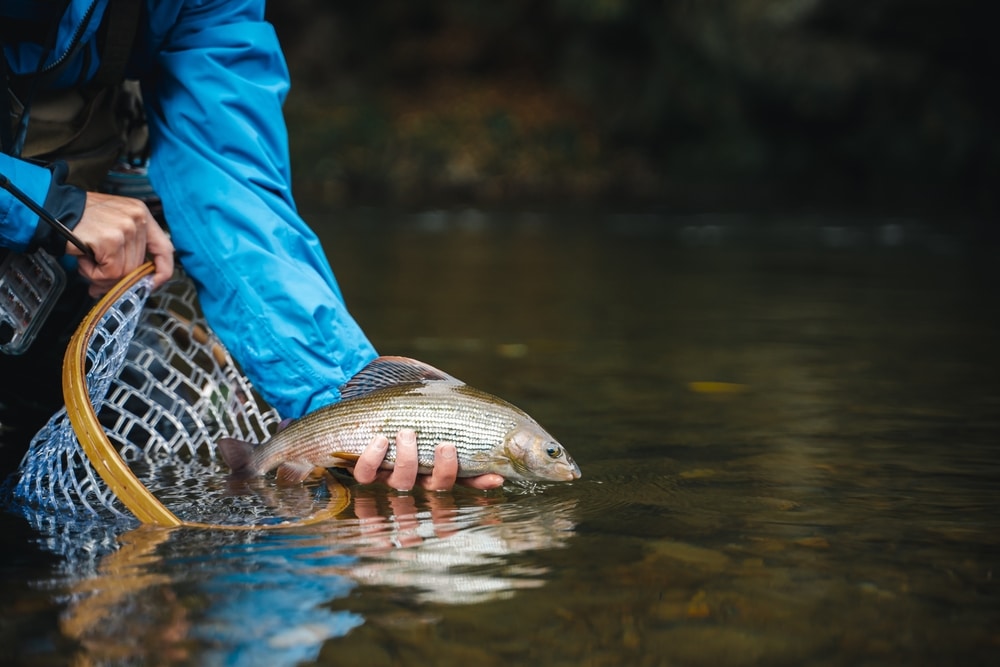
By implementing these techniques, anglers in Florida can significantly reduce the mortality rate of fish that are caught and released. This responsible approach to fishing not only ensures the immediate well-being of the fish but also contributes to the long-term sustainability of Florida’s fish populations.
As passionate anglers and stewards of the environment, adopting these practices is a step towards preserving the rich and diverse aquatic life that Florida has to offer.
Other Florida Fishing Regulations
Besides catch and release practices, there are other regulations that anglers should be aware of:
- Size and Bag Limits: Many species have specific size and bag limits. These regulations help maintain healthy fish populations. Consult the Recreational Saltwater Fishing Regulations and the General Statewide Bag and Length Limits to learn more.
- Seasonal Restrictions: Some species can only be fished during certain times of the year. Consult the Regulations by Species page.
- Fishing Licenses: Ensure you have the proper license for the type of fishing you’re doing.
Explore Sustainable Fishing Opportunities with Robbies of Islamorada
At Robbies of Islamorada, we’re committed to promoting sustainable fishing practices and educating anglers about the importance of conservation.
Join us for an unforgettable fishing adventure where you can experience the thrill of the catch while contributing to the preservation of Florida’s marine environment.
Whether you’re a seasoned angler or a novice enthusiast, our experienced guides will ensure a memorable and eco-conscious fishing experience.
Conclusion
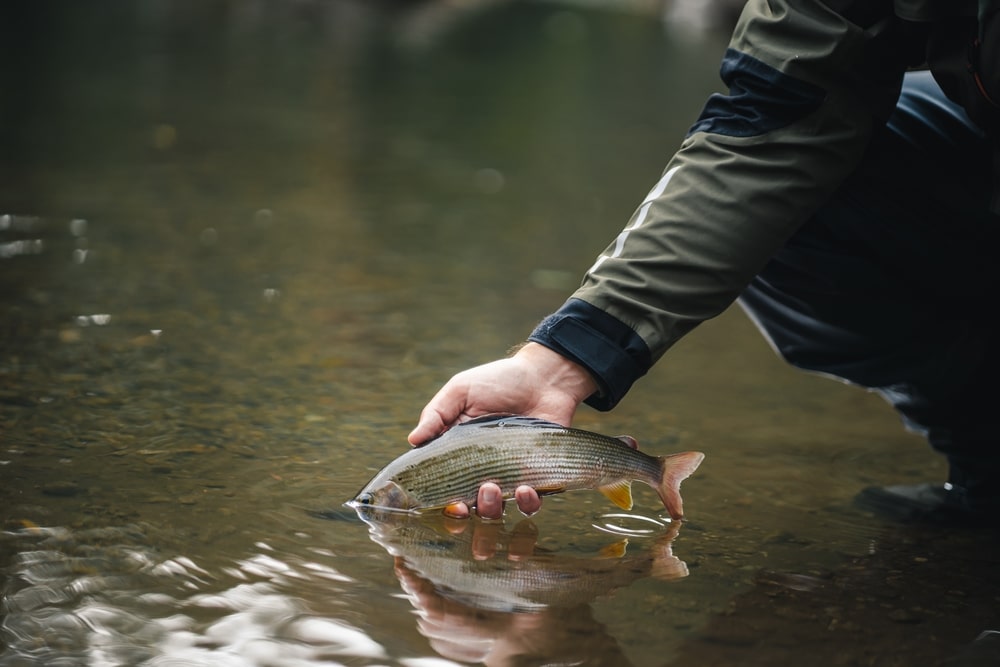
Catch and release fishing in Florida is not just a practice but a commitment to the conservation of our marine ecosystems.
By understanding which species are catch and release, adhering to best practices, and following local regulations, anglers can enjoy the thrill of fishing while contributing to the sustainability of our oceans.
Remember, every fish you release is a step towards a healthier and more abundant marine life for future generations.
